How to properly grow gatsaniya at home?
An interesting plant - gatsaniya, planting and caring for which is not burdensome for a grower - will delight with its flowers until the first frost. Most of the varieties are perennial, but there are also annuals among these plants. The African flower has taken root well in our country, because it is this climate that is favorable for its development and growth. Despite the simple care of gazania, it has some features.
Gatsania - gazania
Reminiscent of a large bright chamomile flower with a small stem, it amazes with a variety of color shades. He does not like highly moist soils and is able to withstand a dry period. A feature of this flower is the ability to retain moisture - this is facilitated by the leaves, covered with a fluff on the underside, which not only retains moisture inside the plant, but also protects against frost.
Growing gatsania from seeds can be done in decorative containers anywhere. It can coexist with all plants without negatively affecting them. For the winter, a flowerpot with a flower can be brought indoors - gazania will continue to grow even at home. The variety of varieties is simply amazing: they differ not only in color, but also in some features of growth. For example, most flowers roll their petals at sunset. But there are species that leave flowers open even at night.
Landing
Planting the gatsania, as well as aftercare, requires a lot of patience. First, a site with good soil is selected for this plant. This flower grows best in arid regions with little rainfall.
When choosing a location, it is also important to consider that:
- gazania grows well and develops on light, fertile land;
- it is important that the soil passes moisture well without retaining it;
- gazania grows poorly on heavy soils and most often dies;
- the flower loves the sun, so it is better to plant it in sunny places.
For reproduction, two methods are used: from seeds and vegetative.
Seed method
Growing from seeds at home is done seedling method due to the long growing season of the plant. For better seed germination, it is important to observe the following sowing steps:
- Prepare the soil. To do this, mix the same amount of humus, fine sand, turf and leafy soil.
- Seeds are sown in early spring. The time is chosen taking into account the climatic conditions of the area, taking into account the fact that usually two-month seedlings are planted in a permanent place.
- Seeds are spread in small grooves at a distance of 3 cm. It is better to plant them in a checkerboard pattern.
- When the seed has been lightly sprinkled with earth, spray water on top with a spray bottle so as not to wash the planted seeds.
- Then the container is covered with transparent polyethylene and transported to a light and warm windowsill with a temperature of at least 18 degrees.
- Before shoots appear, you need to periodically ventilate the resulting greenhouse and remove condensate that appears on the film.
When the first seedlings appear in a couple of weeks, they need to provide optimal lighting. Due to the short daylight hours, the sprouts need additional illumination, therefore, lighting devices must be installed next to the seedling containers. It is also important to keep the temperature at least 15 degrees, otherwise the sprouts will grow weak. Water the seedlings with settled water.
Important! Seedlings of gazania are not dived to avoid the possibility of injury to the weak root system.
Before planting in a permanent place, you must first prepare the area where the flower will grow. Gazania is planted in a deep hole along with a lump of earth where it grew. It is important to try not to injure the main root of the plant. The distance between future bushes should be at least 20 cm. Soon after transplanting, the first flowers will appear - first single, and then in groups. Growing seedlings from seeds at home is more effective than cuttings.
Advice! For a longer and faster flowering, it is necessary to regularly cut off wilted buds.
Vegetative way
Used for breeding in summer. To obtain new plants in a vegetative way, perform the following actions:
- At the main stem, a lateral shoot is necessarily cut off with a thickened base of no more than 10 cm.
- For better survival and prevention of drying of the shoot, the cut is treated with a root formation stimulator.
- Remove all lower leaves from the shoot.
Advice! To accelerate the growth of the shoot, it can be soaked overnight in a growth mixture, which can be derivatives of urea and other drugs.
- The cutting is planted in a container filled with earth. It is important that the container is large enough - at least 9 cm in diameter.
- The shoot is well watered.
- They create conditions for growth and development the same as when growing seedlings from seeds. It is important to exclude the influence of drafts and direct sunlight on weak shoots. It is also necessary to consider that the future of the bush needs good lighting.
After about a month and a half, root formation occurs, but gassing remains in the container until the onset of Vesta. Only then can the perennial be planted in a permanent place.
The cultivation of some types of gatsania is possible only by this method, since they do not produce seeds. When choosing a shoot from which a new bush will form, it is necessary to give preference to elongated and healthy cuttings. To increase the likelihood of root formation, it is necessary to choose processes with a heel - a thickening near the base.
Care
Growing and caring for gatsania is not difficult, the main thing is to take a responsible approach to the choice of soil on which the future flower will grow. You should not plant the plant on heavy soil, including clay.
- Watering should be moderate. Otherwise, growing in any way will not make sense. After all, a flower can protect itself from a lack of moisture - its long root is able to get water from the soil, and the fluff on the leaves prevents too much water evaporation. But it cannot protect against waterlogging - it weakens and begins to rot.
- Feeding is also necessary for flowers. On fertile soil, plants are fed once a month and a half, and on poor soil - twice a month with a solution of complex mineral fertilizer.
- Timely removal of weeds and thorough loosening of the soil at least twice a month.
- Protection from pests. To combat aphids, you can plant onions or garlic, which will scare away insects with their specific smell. Treatment with Bordeaux liquid will help prevent damage to gray mold. Spider mites are exterminated with special insecticides. When snails and slugs appear on the plant, they are collected by hand. Garlic, sage, or parsley planted nearby will help get rid of harmful insects.
Proper cultivation allows for plants with large, bright inflorescences. Despite the fact that most of the gatsania is a perennial crop, winter in the open field in our harsh climatic conditions it is quite difficult for them. Therefore, for the winter, the perennial is simply transferred to a closed room, and in the spring it returns to its place. In winter, in the room where gazania will winter, it is better to maintain the temperature from 10 to 15 degrees.
Caring for gatsania in the winter consists in periodic watering. Growing gatsania in pots or pots at home allows you to bring the plant indoors for the winter without much difficulty and transplanting, where it will continue to delight with flowering inflorescences. When spring comes, the containers can be taken out again to the street so that they decorate the area with bright flowers.
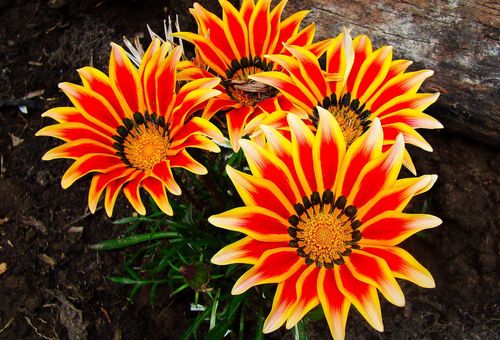
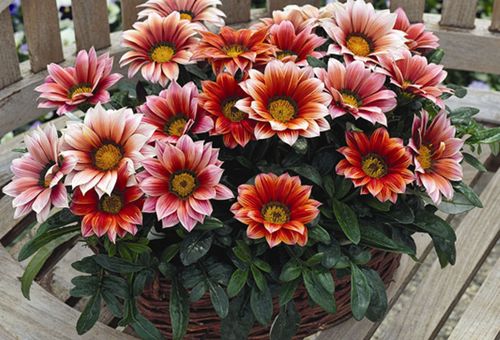
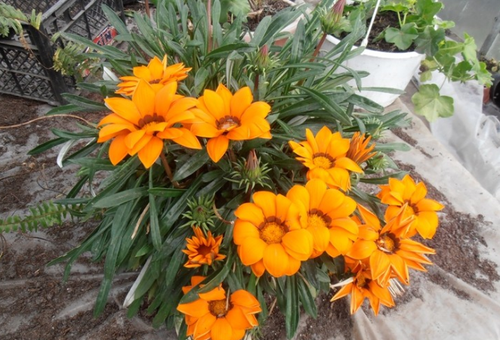
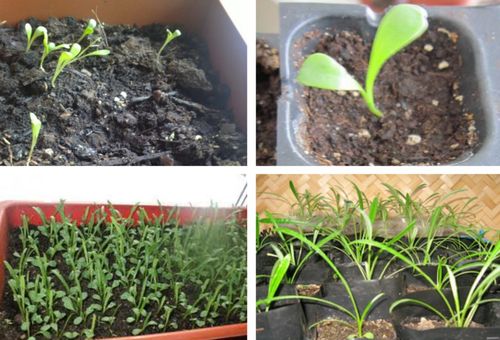
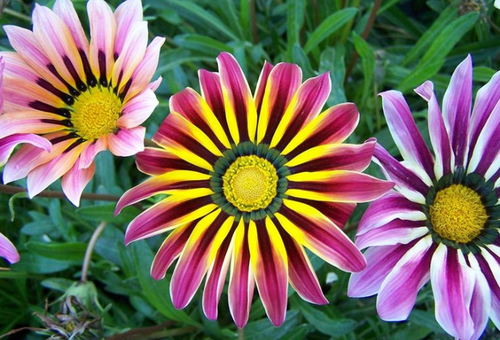
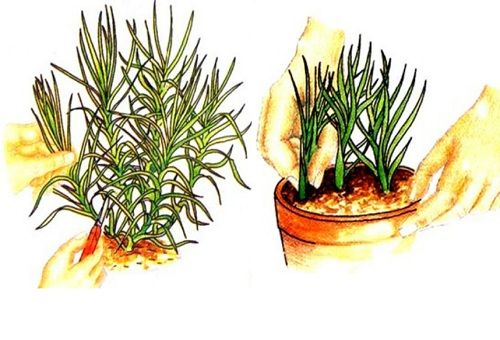
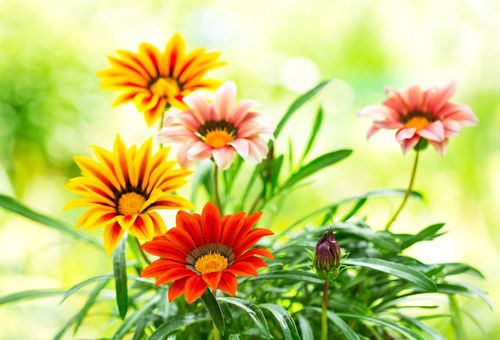
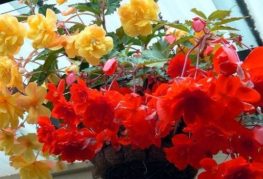
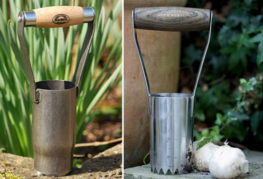
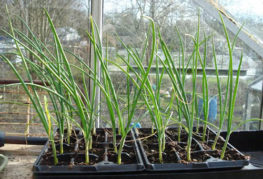
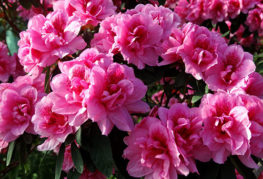
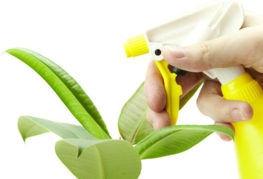
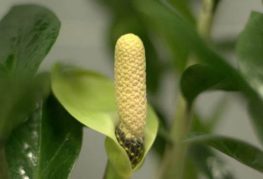
and will be published shortly.